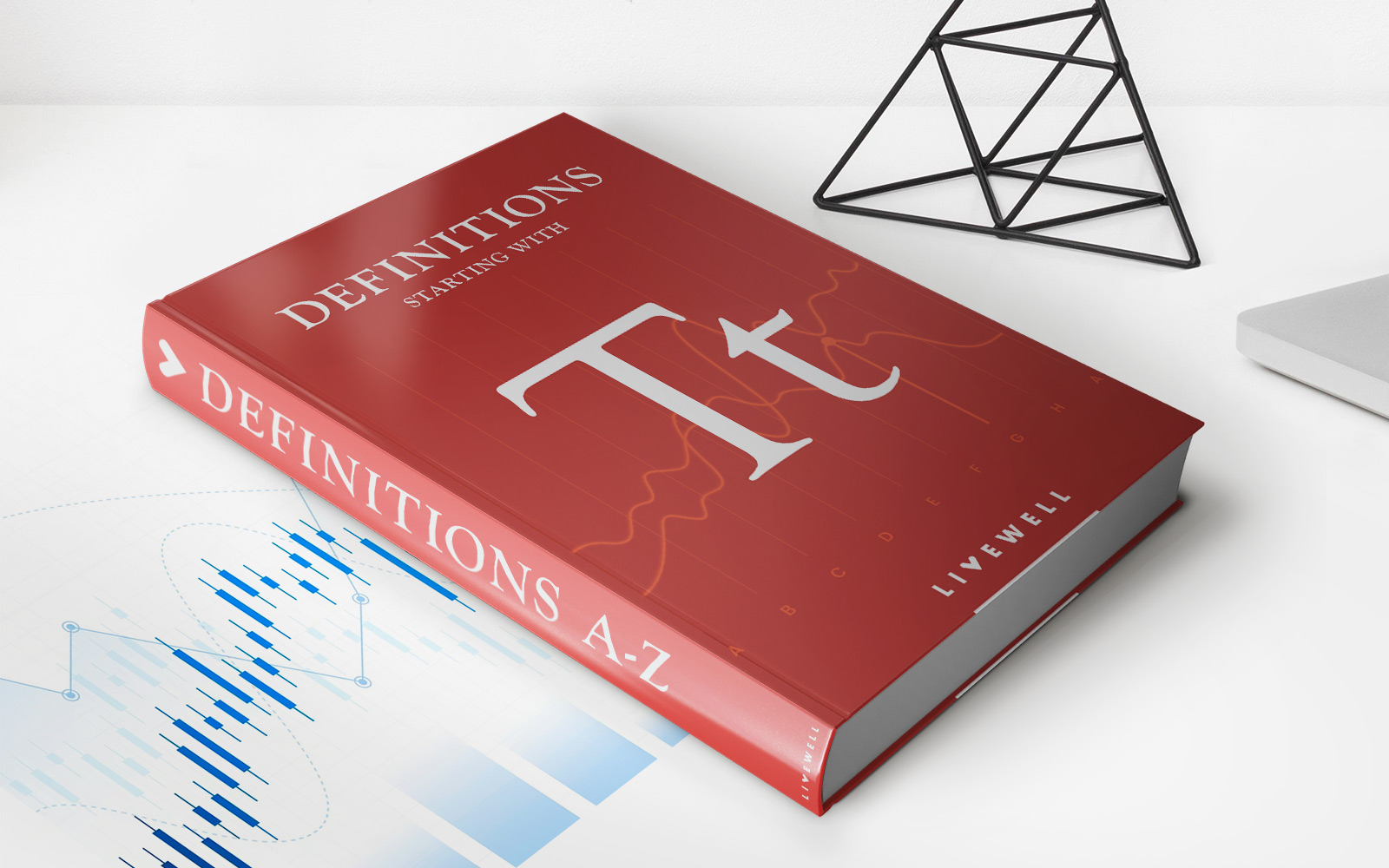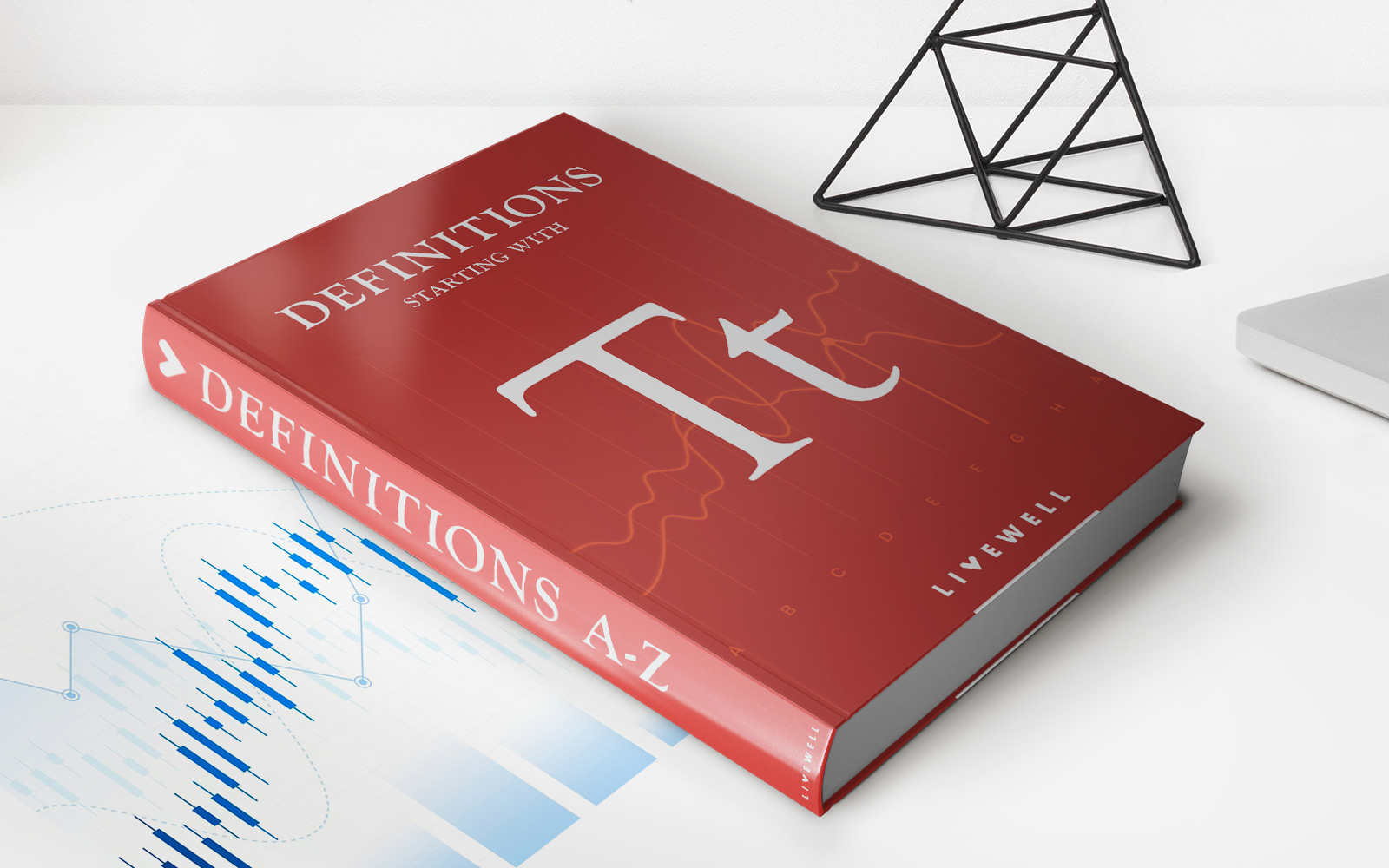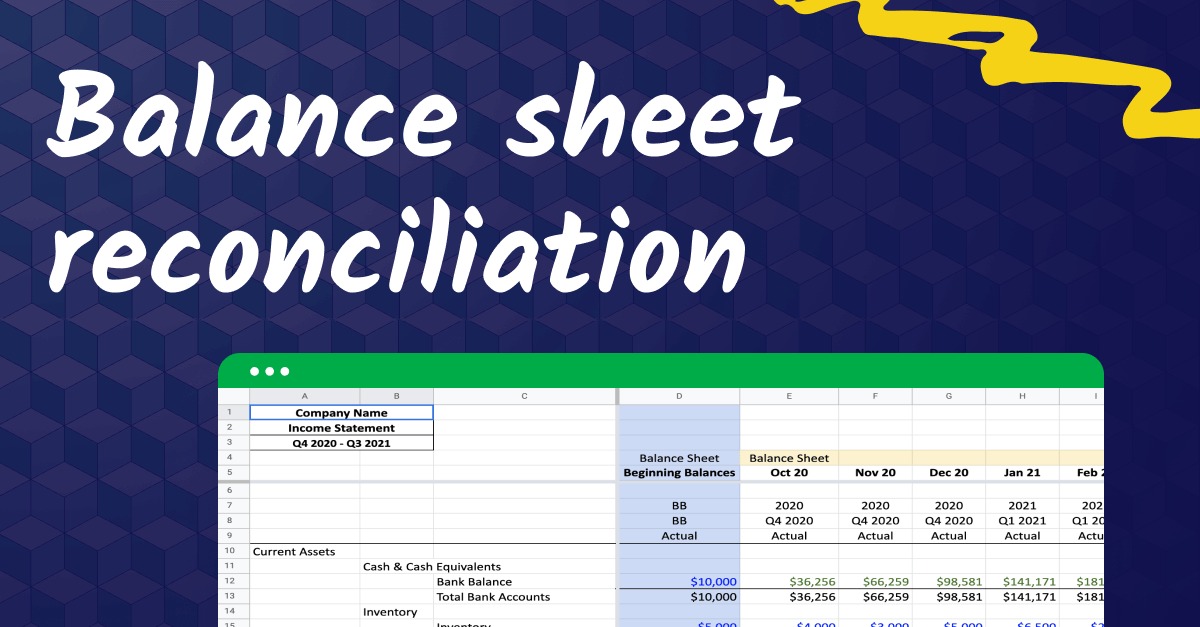Home>Finance>Tax Increase Prevention And Reconciliation Act Of 2005 (TIPRA) Definition


Finance
Tax Increase Prevention And Reconciliation Act Of 2005 (TIPRA) Definition
Published: February 6, 2024
Learn about the Tax Increase Prevention and Reconciliation Act of 2005 (TIPRA) and its definition in the field of finance, ensuring you stay informed about important financial legislation.
(Many of the links in this article redirect to a specific reviewed product. Your purchase of these products through affiliate links helps to generate commission for LiveWell, at no extra cost. Learn more)
Tax Increase Prevention and Reconciliation Act of 2005 (TIPRA) Definition
Welcome to our Finance blog! Today, we will be diving into the Tax Increase Prevention and Reconciliation Act of 2005 (TIPRA) and understanding its significance in the financial landscape. Whether you’re a financial professional or someone looking for insights on tax legislation, this blog post will provide you with the essential information you need to know.
Key Takeaways:
- TIPRA was enacted in 2005 to extend certain tax breaks and reduce the impact of tax increases.
- The act aimed to provide tax relief to individuals, families, and small businesses.
So, what exactly is the Tax Increase Prevention and Reconciliation Act of 2005? Essentially, it is a piece of legislation that was passed by the U.S. Congress to extend certain tax breaks and prevent tax increases for Americans. Its primary objective was to provide tax relief to individuals, families, and small businesses.
One of the significant purposes of TIPRA was to extend the reduced tax rates on capital gains and dividends, which were previously set to expire. By maintaining these favorable rates, the act sought to encourage investment and stimulate economic growth. This was particularly beneficial for individuals with investments, as it allowed them to capitalize on lower tax rates when selling investments or earning dividend income.
Additionally, TIPRA addressed the alternative minimum tax (AMT), a parallel tax system that was initially designed to ensure wealthier individuals paid a minimum amount of tax. However, over time, the AMT began to affect a broader range of taxpayers due to inflation. TIPRA increased the exemption amounts for the AMT, thereby preventing many middle-class taxpayers from being subject to this additional tax burden.
Besides extending tax breaks and mitigating the impact of tax increases, TIPRA also included provisions for small businesses. It allowed for accelerated depreciation on certain assets, enabling small business owners to deduct the cost of qualified property more quickly and reducing their overall tax liability.
Ultimately, the Tax Increase Prevention and Reconciliation Act of 2005 played a vital role in shaping the tax landscape and ensuring stability for individuals, families, and small businesses. By extending tax breaks, preventing increases, and providing relief in various areas, TIPRA aimed to support economic growth and alleviate the tax burden on American taxpayers.
It’s important to stay up to date with tax legislation and understand its implications on your finances. If you have any specific questions or concerns regarding TIPRA or any other finance-related topics, it’s always recommended to consult a qualified tax professional or financial advisor.
Thank you for reading our blog post on the Tax Increase Prevention and Reconciliation Act of 2005 (TIPRA) definition. We hope you found this information helpful and informative. Be sure to check out our other finance-related content for more valuable insights!














